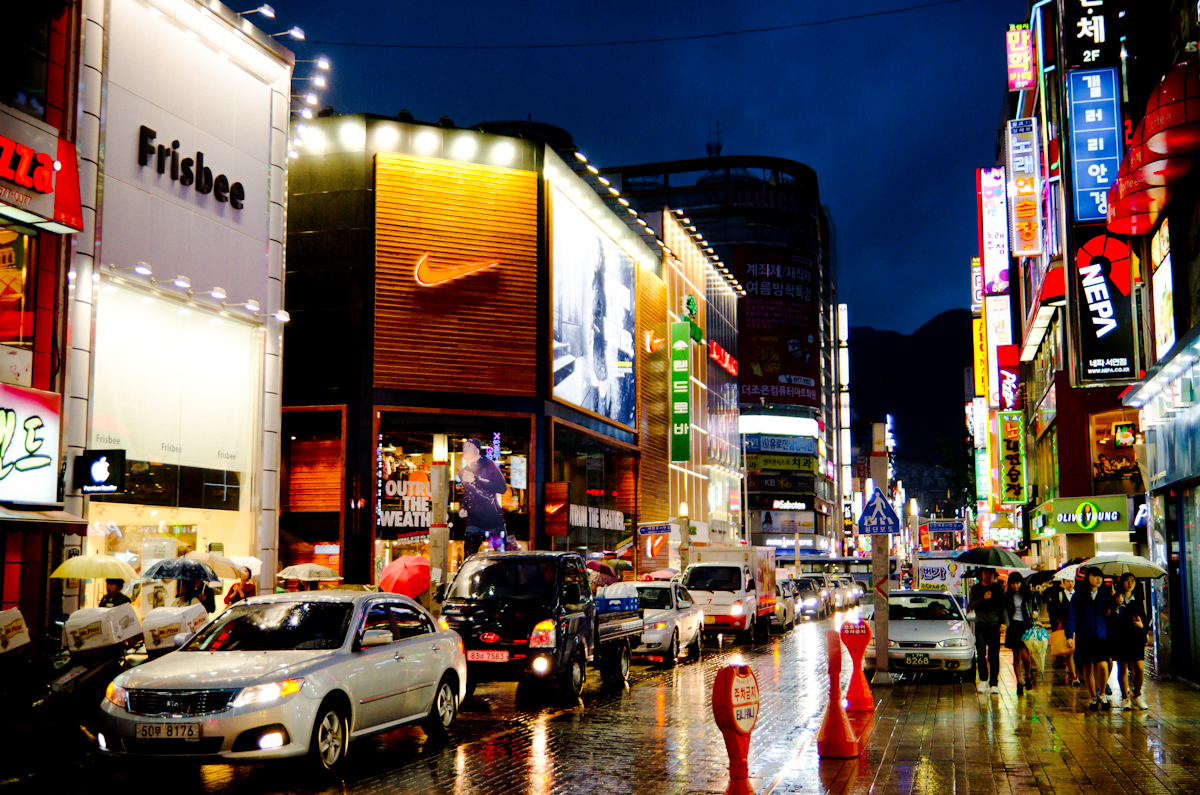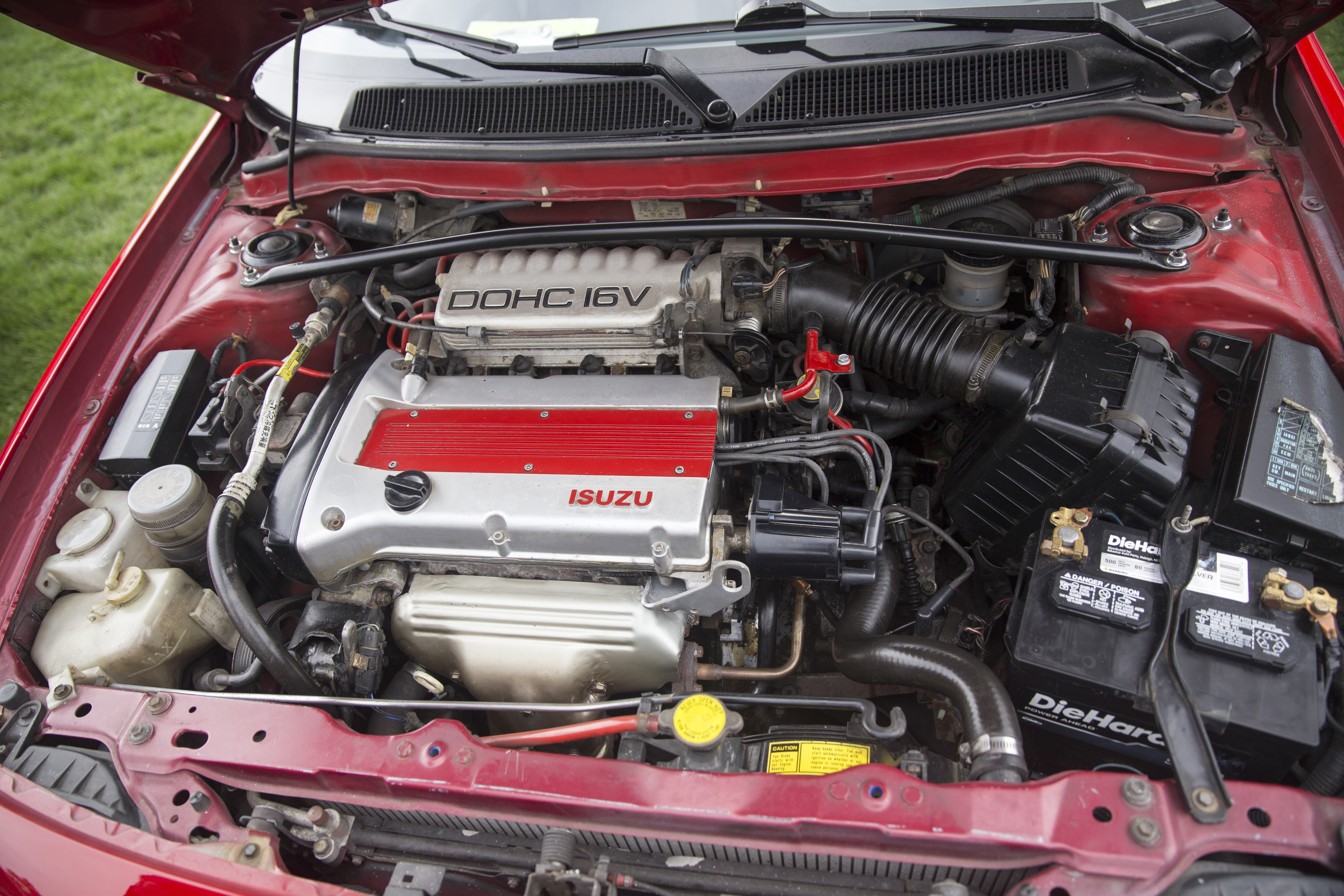|
Saehan BL064
Saehan (SMC) BL064 is a licensed built Isuzu Journey M series. Description Saehan Motors reintroduced this micro bus series after a brief absence since taking over from GM Korea. It continues to have the capacity of 25 passengers. However, this bus series received larger Isuzu based 4BA1 engine series from its predecessor. Production of this Micro Bus series ceased to be made after the government enacted “Automobile Industry Rationalization Policy.” Only 945 units were made during its production run. Paint Scheme The default color sold by the company was used at the Seoul area starting in 1977; white with orange horizontal stripes. Other colors were also applied as green with midsection of beige up to near front of the rear wheel with twice alternating colors in oblique angle strip at the bus. The remaining midsection part was matched to the body color. By 1980, some of these buses were painted as white divided with marine blue at the top at the windows area and th ... [...More Info...] [...Related Items...] OR: [Wikipedia] [Google] [Baidu] |
Saehan Motors
The Saehan Motor Company was a South Korean car, automobile manufacturer founded in 1976, which was born on the collaboration of Shinjin Industrial Company and General Motors to introduce their products on the South Korean market. Saehan was born on the former "General Motors Korea", which encountered difficulties when the South Korean market collapsed, following the first round of oil rises in 1973. This joint-venture, 50-50 between GM and Shinjin, consisted on a car assembly plant in Bupyong, a truck assembly plant in Pusan and a foundry at Incheon. In November 1976, Shinjin Motors faced financial problems and sold its 50% stake in Saehan to the Korea Development Bank (KDB). In 1978, the Daewoo Group acquired the equity stake and management rights from KDB. The company was renamed Daewoo Motors, Daewoo Motor Co. in January 1983. History The company origins can be traced back to Daewoo Motors, National Motors, a company established in 1937 in Bupyeong-gu, Incheon, South Korea. ... [...More Info...] [...Related Items...] OR: [Wikipedia] [Google] [Baidu] |
Busanjin
Busanjin District is a '' gu'' in central Busan, South Korea. It has an area of 29.7 km², and a population of about 410,000. The name is sometimes abbreviated locally as "Jin-gu". Busanjin-gu is home to a major shopping, entertainment, and business area called Seomyeon. Administrative divisions Busanjin-gu is divided into 11 legal ''dong'', which altogether comprise 20 administrative ''dong'', as follows: * Bujeon-dong (釜田洞) (2 administrative ''dong'') * Beomjeon-dong (凡田洞) (part of the administrative Bujeon 1(il)-dong) * Yeonji-dong (蓮池洞) * Choeup-dong (草邑洞) * Yangjeong-dong (楊亭洞) (2 administrative ''dong'') * Jeonpo-dong (田浦洞) (2 administrative ''dong'') * Buam-dong (釜岩洞) (2 administrative ''dong'') * Danggam-dong (堂甘洞) (3 administrative ''dong'') * Gaya-dong (伽倻洞) (2 administrative ''dong'') * Gaegeum-dong (開琴洞) (3 administrative ''dong'') * Beomcheon-dong (凡川洞) (2 administrative ''dong'') Politics ... [...More Info...] [...Related Items...] OR: [Wikipedia] [Google] [Baidu] |
Busan, South Korea
Busan (), officially known as is South Korea's most populous city after Seoul, with a population of over 3.4 million inhabitants. Formerly romanized as Pusan, it is the economic, cultural and educational center of southeastern South Korea, with its port being Korea's busiest and the sixth-busiest in the world. The surrounding "Southeastern Maritime Industrial Region" (including Ulsan, South Gyeongsang, Daegu, and some of North Gyeongsang and South Jeolla) is South Korea's largest industrial area. The large volumes of port traffic and urban population in excess of 1 million make Busan a Large-Port metropolis using the Southampton System of Port-City classification . Busan is divided into 15 major administrative districts and a single county, together housing a population of approximately 3.6 million. The full metropolitan area, the Southeastern Maritime Industrial Region, has a population of approximately 8 million. The most densely built-up areas of the city are situated in a ... [...More Info...] [...Related Items...] OR: [Wikipedia] [Google] [Baidu] |
Front-engine, Rear-wheel-drive Layout
In automotive design, a FR, or front-engine, rear-wheel-drive layout is one where the engine is located at the front of the vehicle and driven wheels are located at the rear via a drive shaft. This was the traditional automobile layout for most of the 20th century. Modern designs commonly use the front-engine, front-wheel-drive layout (FF). It is also used in high-floor buses and school buses. Front mid-engine, rear-wheel-drive layout In automotive design, a front mid-engine, rear-wheel-drive layout (FMR) is one that places the engine in the front, with the rear wheels of vehicle being driven. In contrast to the front-engine, rear-wheel-drive layout (FR), the engine is pushed back far enough that its center of mass is to the rear of the front axle. This aids in weight distribution and reduces the moment of inertia, improving the vehicle's handling. The mechanical layout of an FMR is substantially the same as an FR car. Some models of the same vehicle can be classified as ... [...More Info...] [...Related Items...] OR: [Wikipedia] [Google] [Baidu] |
Isuzu Journey
The Isuzu Journey (kana:いすゞ・ジャーニー) is a minibus produced by the Japanese manufacturer Isuzu since 1970, and in 1973 in its current somewhat larger format. The range was primarily available as a city bus and a tourist coach. In Japan, the Asia-Pacific region, the Middle East, Africa, and South America, its principal competitors are the Mitsubishi Fuso Rosa, Mazda Parkway, Nissan Civilian, and Toyota Coaster. The current W41 series Journey was based on Civilian. History The first use of the "Journey" nameplate was on the 1970 "Journey S". This was an Isuzu Elf 150 truck with a 15-seater bus rear and has a KA5#B chassis code. The Elf had been available as a compact bus since 1964 but was originally still called an Elf. This was replaced in 1981 by the more space efficient and lighter Isuzu Fargo series. In 1973, the 26-seater Journey M (on an Elf 250-basis) and the longer 29-seat Journey L (Elf 350) were manufactured with diesel engines of 2.8 and 3.6 litres ... [...More Info...] [...Related Items...] OR: [Wikipedia] [Google] [Baidu] |
Isuzu Engine
Isuzu has used both its own engines and General Motors-built engines. It has also produced engines for General Motors, Renault, Saab, Honda, Nissan, Opel, Toyota, and Mazda. Overview Isuzu engines carry a two-character prefix which designate the number of cylinders and engine family. Engines available currently include the following: Two Cylinder Diesel Three Cylinder Diesel A Engines L Engines Four Cylinder Petrol GH engine Isuzu's first petrol engines were license built Hillman units for the locally assembled Minx, from 1953. Called the GH10 it has a bore of and a stroke of for a displacement of . Power is . In 1955 this was updated to the GH12, a square design with a 76.2 mm bore and stroke for a displacement of . This was upgraded in 1956 for more power, rather than the original's , and was renamed GH100. In 1958, power increased yet again, to . GL engine For 1959 Isuzu developed their own square design () called the GL150, Isuzu's first ow ... [...More Info...] [...Related Items...] OR: [Wikipedia] [Google] [Baidu] |
Inline-four Engine
A straight-four engine (also called an inline-four) is a four-cylinder piston engine where cylinders are arranged in a line along a common crankshaft. The vast majority of automotive four-cylinder engines use a straight-four layout (with the exceptions of the flat-four engines produced by Subaru and Porsche) and the layout is also very common in motorcycles and other machinery. Therefore the term "four-cylinder engine" is usually synonymous with straight-four engines. When a straight-four engine is installed at an inclined angle (instead of with the cylinders oriented vertically), it is sometimes called a slant-four. Between 2005 and 2008, the proportion of new vehicles sold in the United States with four-cylinder engines rose from 30% to 47%. By the 2020 model year, the share for light-duty vehicles had risen to 59%. Design A four-stroke straight-four engine always has a cylinder on its power stroke, unlike engines with fewer cylinders where there is no power stroke occu ... [...More Info...] [...Related Items...] OR: [Wikipedia] [Google] [Baidu] |
Diesel Engine
The diesel engine, named after Rudolf Diesel, is an internal combustion engine in which ignition of the fuel is caused by the elevated temperature of the air in the cylinder due to mechanical compression; thus, the diesel engine is a so-called compression-ignition engine (CI engine). This contrasts with engines using spark plug-ignition of the air-fuel mixture, such as a petrol engine (gasoline engine) or a gas engine (using a gaseous fuel like natural gas or liquefied petroleum gas). Diesel engines work by compressing only air, or air plus residual combustion gases from the exhaust (known as exhaust gas recirculation (EGR)). Air is inducted into the chamber during the intake stroke, and compressed during the compression stroke. This increases the air temperature inside the cylinder to such a high degree that atomised diesel fuel injected into the combustion chamber ignites. With the fuel being injected into the air just before combustion, the dispersion of the fuel is une ... [...More Info...] [...Related Items...] OR: [Wikipedia] [Google] [Baidu] |
GM Korea
GM Korea Company ( ko, 한국지엠주식회사) is the South Korean subsidiary of multinational corporation General Motors. GMK is also the third largest automobile manufacturer in South Korea. GM Korea's roots go back to the former Daewoo Motors vehicle brand which was split from its parent company, Daewoo Group, in 2002. It has three manufacturing facilities in South Korea. In addition, GM Korea provides region and brand-specific vehicle assembly kits for assembly by GM affiliates in the United States, Brazil, China, Colombia, Uzbekistan and Mexico, and formerly in Australia and India after GM's February 2020 announcement to withdraw from all right-hand-drive markets worldwide. In 2008, GM Korea built more than 1.9 million vehicles, including CKD products. It currently produces vehicles and kits for Chevrolet and Buick that are offered in more than 150 markets on continents that don't have right-hand-drive markets. It produced vehicles and kits for Holden in Australia until t ... [...More Info...] [...Related Items...] OR: [Wikipedia] [Google] [Baidu] |
Daewoo Bus
Zyle Daewoo Bus, formerly "Zyle Daewoo Commercial Vehicle" is a South Korean manufacturer of buses and is majority owned by Young-An Hat Company, based in Busan. It was established in 2002 as a successor to previous merger, Daewoo Motor Company. These buses are primarily used for public transportation. Daewoo Bus has been in a partnership in 2006 with GM Daewoo (now GM Korea). Operations Current Production Daewoo Bus' principal subsidiaries and partners are: *Zyle Daewoo Bus Corporation (Ulsan, South Korea *Shanghai Wanxiang Daewoo Bus (Shanghai, China) *Guilin Daewoo (Guilin, China) *Daewoo Bus Costa Rica S.A. ( San José, Costa Rica) *Daewoo Bus Vietnam ( Vĩnh Phúc, Vietnam) *Daewoo Bus Kazakhstan (Semey, Kazakhstan) *Daewoo Pak Motors (Pvt.) Ltd. (Karachi, Pakistan) *Columbian Manufacturing Corporation (Santa Rosa, Laguna, Philippines) *Master Transportation Bus Manufacturing Ltd. (Taiwan) *Daewoo Bus Myanmar (Yangon, Myanmar) Former Production Daewoo Bus Busan Plant. ... [...More Info...] [...Related Items...] OR: [Wikipedia] [Google] [Baidu] |
Automotive Industry In South Korea
The automotive industry in South Korea is the fifth-largest in the world as measured by automobile unit production and also the sixth-largest by automobile export volume. While its initial operations were merely the assembling of parts imported from foreign companies, South Korea is today among the most advanced automobile-producing countries in the world. Annual domestic output first exceeded one million units in 1988. In the 1990s, the industry manufactured numerous in-house models, demonstrating not only its capabilities in terms of design, performance, and technology, but also signalling its coming of age. History Origins The history of the Korean automotive industry began in August 1955, when Choi Mu-seong, a Korean businessman, and two of his brothers (Choi Hae-seong and Choi Soon-seong), mounted a modified and localized jeep engine on a US military jeep-style car body made with the sheet metal from a junk oil drum can and military junk Jeep parts to manufacture its f ... [...More Info...] [...Related Items...] OR: [Wikipedia] [Google] [Baidu] |








